When Cultural Anxieties Attack
In which Norm confronts the terrors of CLOVERFIELD and WARGAMES in their new 4K editions.
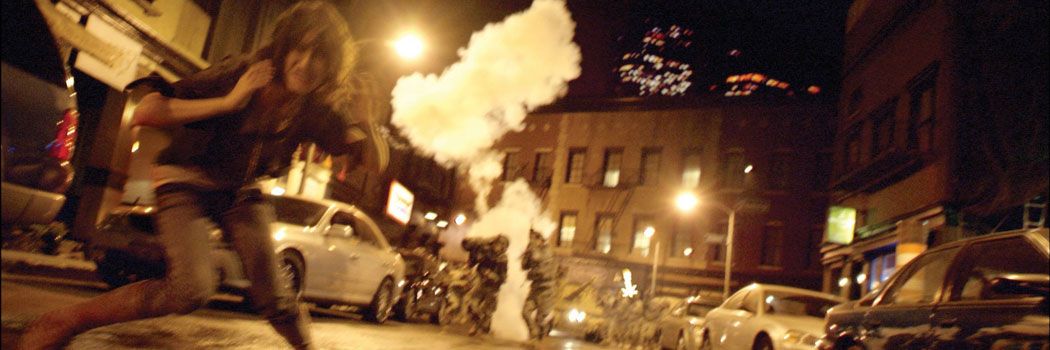
I admit it, I was skeptical about watching Cloverfield in 4K. Matt Reeves’ revolutionary thriller was shot in 2007 with prosumer camcorders; even if Paramount went back to the HD source as it did with the DVD and Blu-ray, surely a 2160p presentation would just make it look even murkier than it did in its 35mm theatrical run.
Well, what do I know. Paramount’s Ultra High Definition disc of Cloverfield – first released in 2018, and now roaring back to stores in a 15th anniversary steelbook edition – is a great disc, with an image that still looks like HD video but now offers deeper blacks and brighter whites, and an HDR grade that ups the overall color temperature just a little. The result is a pristine presentation of an intentionally messy movie, without the overprocessed look of the original Blu-ray release or the subtle smearing of the film print. It looks great, and the new clarity really lets us appreciate how much director Matt Reeves and cinematographer Michael Bonvillain accomplished with their out-of-nowhere kaiju movie.
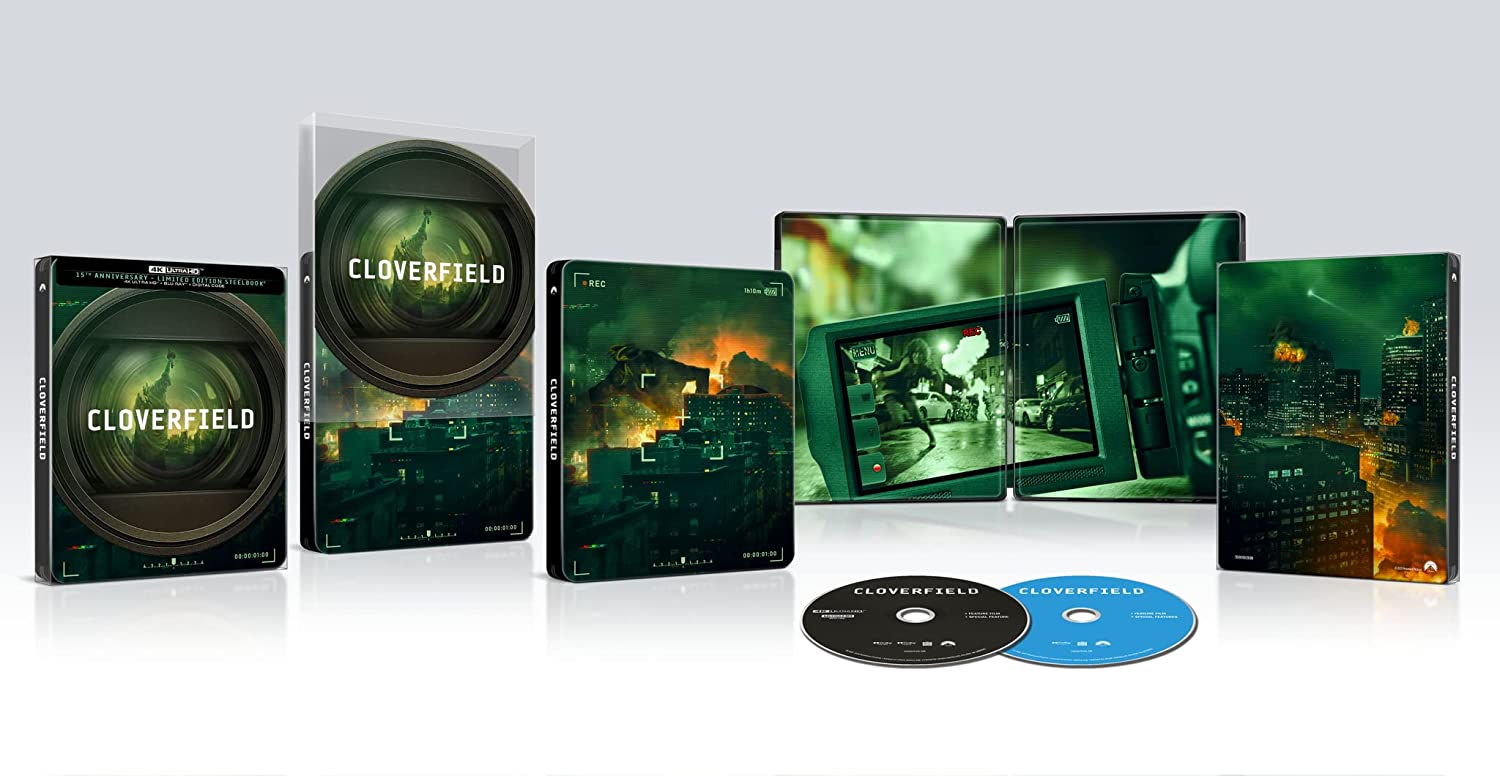
As much as The Blair Witch Project is credited for the influx of found-footage movies in the 2000s, Cloverfield was the project that demonstrated just how elastic the format could be, showing audiences an entirely new perspective on a familiar narrative. It’s a ground-level Godzilla story, focusing exclusively on unsuspecting civilians trying to survive a monster attack in Lower Manhattan. (The movie opens with a Department of Defense screen explaining we’re about to see the contents of an SD card recovered from “the area formerly known as Central Park”, which isn’t exactly encouraging.)
The masterstroke of Drew Goddard’s screenplay is that we only see what these people see, denying us the big hero moments we expect from a kaiju picture. The monster itself is kept mostly off-screen, glimpsed between distant buildings or in TV news footage in an electronics store; most of the film is about trying to stay as far away from it as possible as a quartet of drunk, traumatized twentysomethings – Rob (Michael Stahl-David), Lily (Jessica Lucas), Marlena (Lizzy Caplan) and Hud (T.J. Miller) – make their way uptown to rescue the trapped Beth (Odette Yustman).
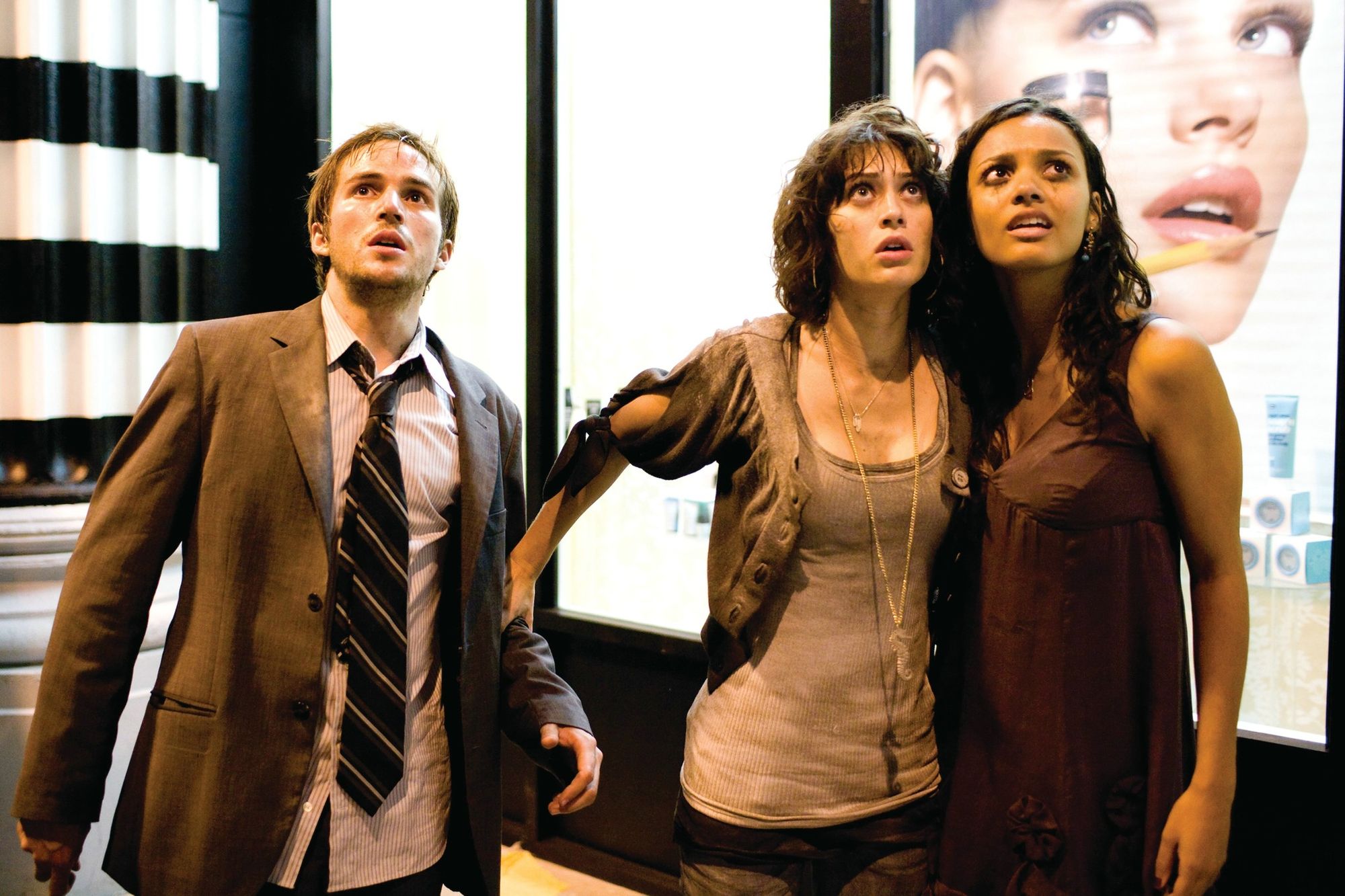
When the movie opened in January of 2008, I remember a lot of complaining that these characters were thinly drawn and lacked much in the way of depth. I’d argue that’s a feature, not a bug. They’re undeveloped because they’re just kids, really, thrust into a situation they’re not prepared to navigate and can barely comprehend; we have decades of monster movie structure to tell us where the story is going to go, but these people are reeling and helpless, making the best choices they can with the information available. Some critics were hoping for wisecracking dialogue and thrilling set pieces – but Cloverfield isn’t interested in that. It’s an attempt to show us how a giant monster attack would play out, and more importantly how it would feel. This isn’t an adventure movie, it’s a horror film.
Steven Spielberg’s War of the Worlds had done something similar in 2005, shoving Tom Cruise’s panicked deadbeat dad into an updated version of H.G. Wells’ novel – though of course casting Cruise was also a way of letting the audience know things would probably work out. By relying on unknowns – after Freaks and Geeks and Mean Girls, Lizzy Caplan was probably the most recognizable face in the picture – Reeves introduces a buzz of queasy instability: Anyone can be killed at any time. There’s nothing to hold on to.
(Watching Cloverfield a decade and a half later also shows us just how sharp an eye for casting Reeves and producer J.J. Abrams had, since that opening party scene is absolutely packed with up-and-comers. Ben Feldman, who’d go on to Mad Men and Superstore, is Beth’s date; you’ll also see Theo Rossi, future co-star of Sons of Anarchy and Emily the Criminal, and Bob’s Burgers producer Kelvin Yu, and Paper Heart’s Charlyne Yi – and I thought I saw Mary Holland at the kitchen island, too.)
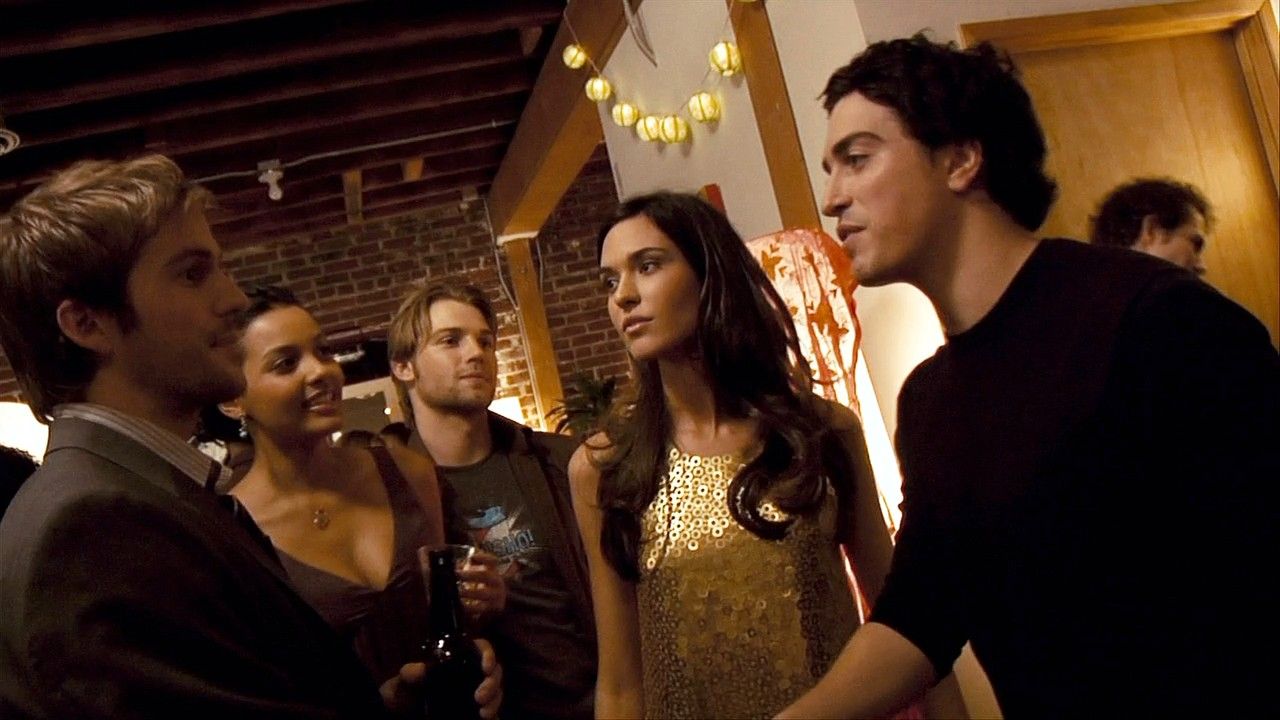
Oh, and also like War of the Worlds, it’s very clear that Cloverfield is a 9/11 allegory; more than once, I was shocked to see such raw, panicked images of New York on fire – and then shocked that I was shocked in the first place, because of course this film has to present them that way. But it doesn’t make the movie feel dated; instead, it’s a reminder of the very real anxieties that led to this movie’s creation, no matter how much producer Abrams insists he wanted to give America its own monster after seeing how prevalent Godzilla merch was on a trip to Japan. He may not want to acknowledge why Japan created Godzilla in the first place, but Goddard and Reeves? They get it. It’s all over their movie.
Speaking of war and dread, Shout! Factory released a 4K edition of John Badham’s WarGames late last month, and I’ve been trying to find a place to write about it for a while, because that movie is great.
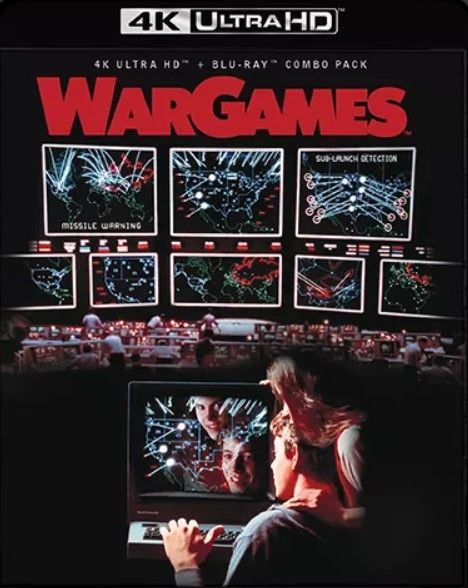
A fascinating blend of teenage adventure and Cold War thriller, with Matthew Broderick potentially setting World War III in motion to impress Ally Sheedy, WarGames’ reputation has faded over the decades – but it’s a knockout, with Badham finding the perfect pacing and unsettling undercurrents in Walter F. Parkes and Lawrence Lasker’s crackerjack screenplay, walking a tightrope between adolescent hero fantasy and grown-up nightmare that never steps wrong.
Fun fact: Badham was brought onto the project to replace Martin Brest, who was let go after two weeks because his version was reportedly too dark – a fascinating proposition, given just how dark the finished film is. Marketed as an all-ages adventure, it’s very much a grown-up picture: Forty years on, it can clearly be seen as an early entry in the tech-noir subgenre perfected by James Cameron in Terminator just a year later, driven by the same concern that artificial intelligence will lead humanity to annihilation.
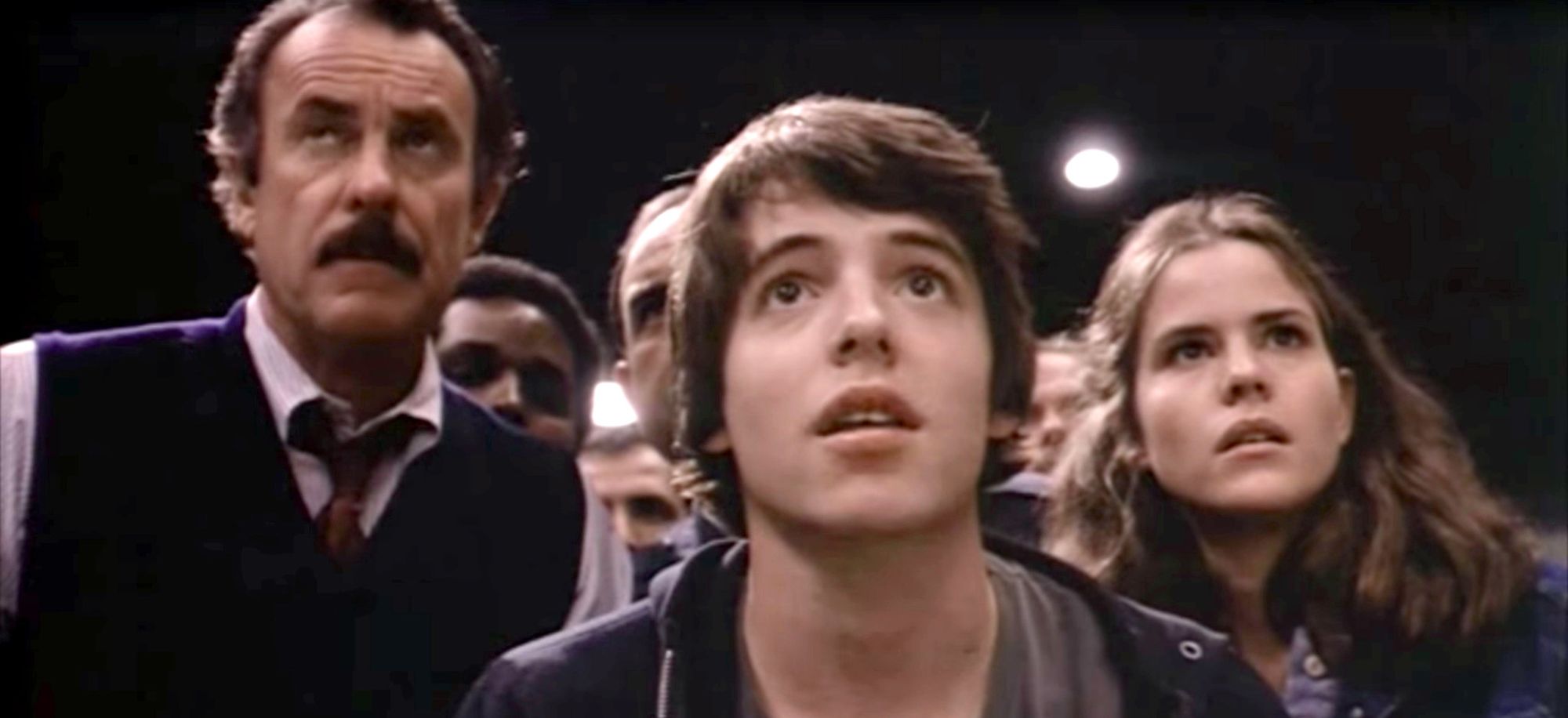
Of course, the same unpredictable mixture of human characteristics that threaten to doom us is also the thing that saves us: Teenagers, amirite? And David Lightman and Jennifer Mack are two of the best-realized teens in ’80s movies, which is really saying something. Broderick and Sheedy were both 20 when the film was made, young enough to make convincing high-schoolers but just mature enough not to gloss over their characters’ inexperience and impulsiveness; Broderick takes David from chatty nerd to terrified child before coming out the other end as a still-anxious hero, while Sheedy gives the enthusiastic Jennifer an antic curiosity that makes her a good match for her frequently oblivious classmate. (Sheedy also lands one of the best lines of the ’80s – “Is this because of what you did with my grade?”, a perfect encapsulation of a teenager’s narcissism – by speeding through it as though Jennifer doesn’t want to know the answer.)
The grown-ups ain’t bad either; Dabney Coleman’s Dr. McKittrick is another in a long line of cocksure assholes, his edges softened just enough for a story where there are no real human villains – although the early scene where McKittrick makes a visitor believe she’s launched a nuclear strike might make you wonder. Barry Corbin makes a meal out of the small role of a skeptical general, playing both bumpkin and truth-teller. And as the disillusioned AI designer Stephen Falken – named after Stephen Hawking, a joke that took me four decades to get – John Wood carries the weight of the movie’s moral dilemma, which he believes has already been decided.
This struck me when I revisited Lynne Littman's Testament a few weeks ago: It's hard for today’s audiences to realize just how fatalistic life was in the early ’80s, when kids grew up fully expecting to experience global thermonuclear war in our lifetimes. Watching WarGames snapped me right back to that constant low-level nihilism, and made me wonder how profoundly it had shaped my adult self.
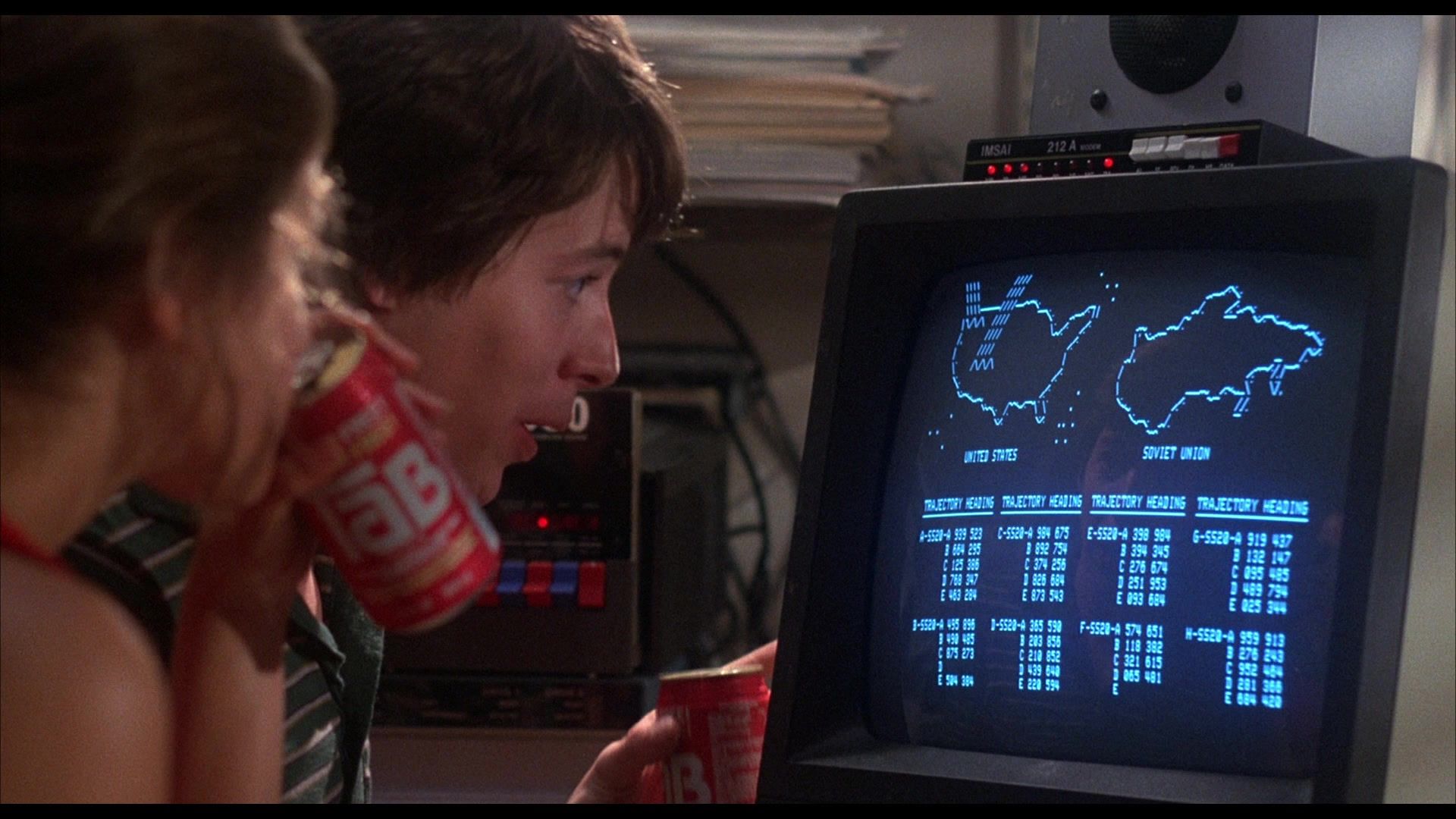
The movie will carry a different sort of nostalgia for other viewers: The tech is charmingly dated, with David running programs on floppies the size of LPs instead of the 5.25” disks which were already widely in use by the time the movie reached theaters, and a nerve-wracking prologue that finds two anonymous soldiers trying to negotiate a launch order in an isolated bunker plays like a lost short film thanks to the presence of John Spencer and Michael Madsen. (Talk about brilliant casting.) And then there’s the beautifully realized Crystal Palace war room set, maybe the best sinister military environment since Dr. Strangelove – and the 4K presentation, mastered from the original camera negative, lets us appreciate every gleaming inch of it.
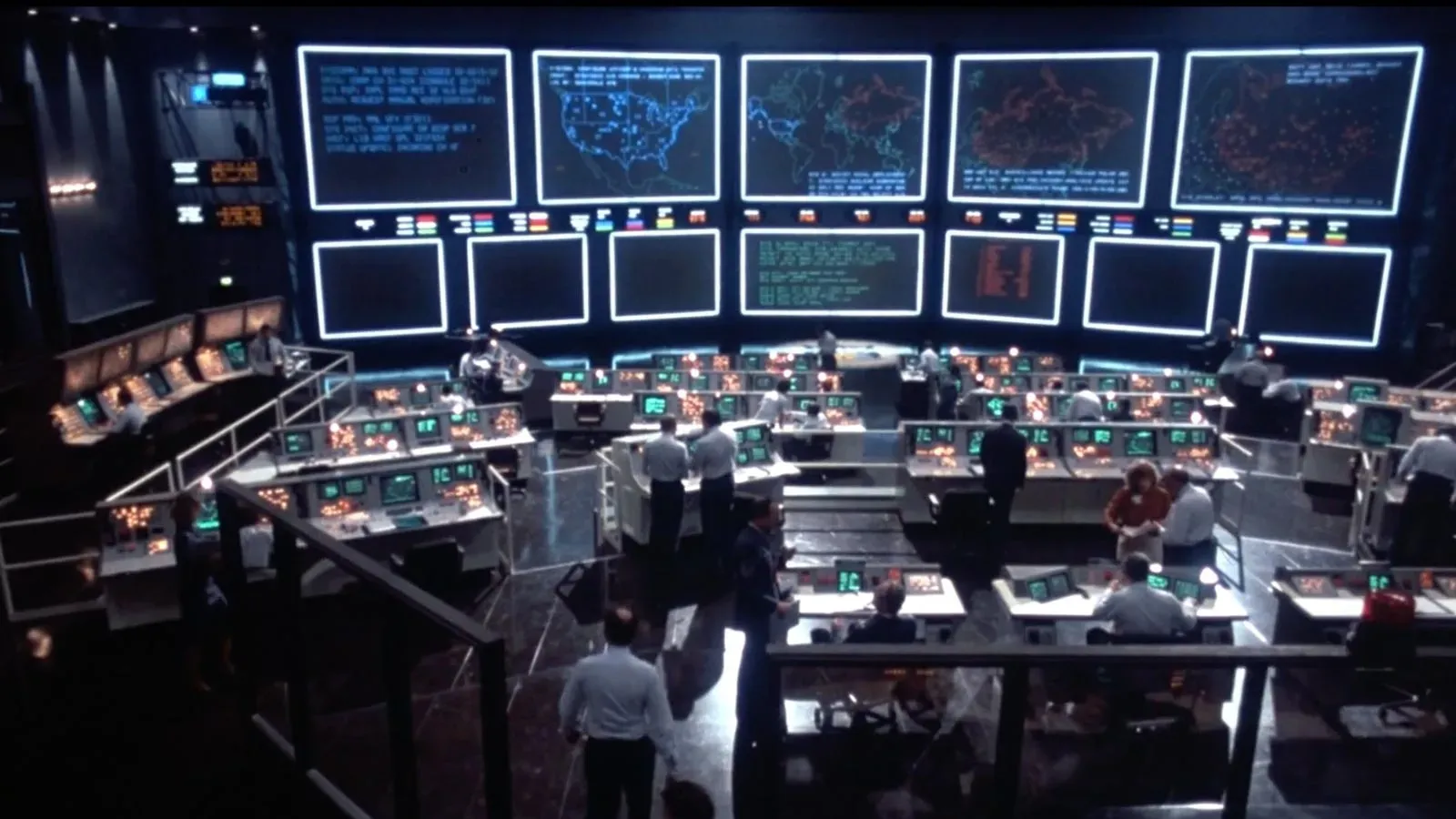
Neither Cloverfield nor WarGames offers anything new in terms of supplements; the Ultra High Definition transfers are the sole new elements to both releases, which also include Blu-rays packed with previous supplements produced for previous releases. Paramount’s Cloverfield BD is the same platter that’s been circulating since 2008; Shout’s WarGames Blu offers the featurettes and the Badham-Lasker-Parkes commentary produced by MGM Home Entertainment for its earlier discs. (The audio commentaries also appear on the 4K discs, but that’s it.) And sure, a retrospective for either picture would have been nice, but the existing supplements are just fine; the movies are the stars here, as they should be. The only losing move is not to pick these discs up.
In Sunday’s paid edition: A Criterion catch-up! Because you’re worth it. Subscribe so you don’t miss out!
